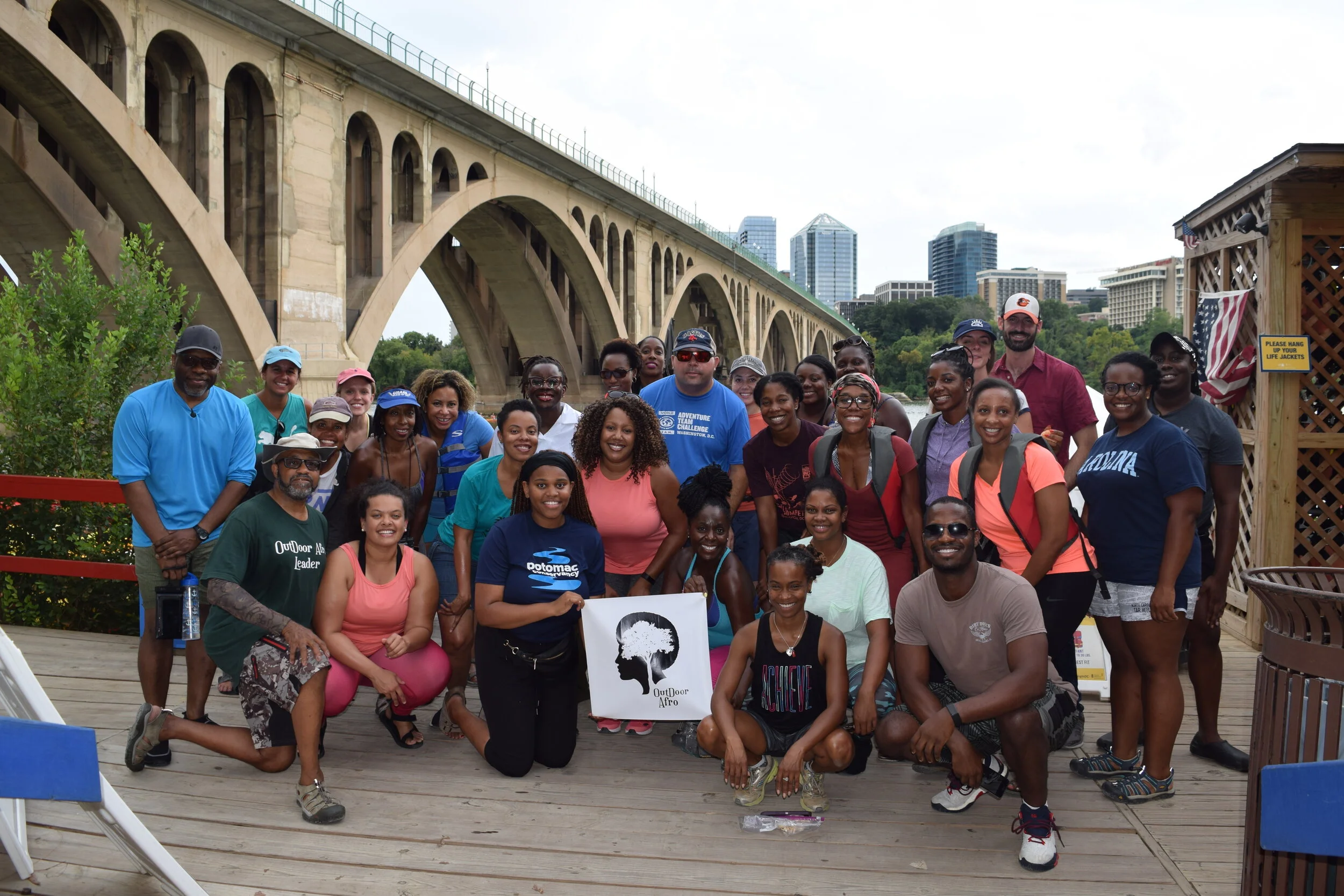This DC neighborhood is perfect for paddling… and it’s rich with black history
/Remembering black history in Georgetown: 3 facts that may surprise you
Kyaira Ware
Environmental Protection Specialist, District Department of Energy and Environment
Former Potomac Conservancy Community Conservation Manager
Georgetown would not be the special place it is today, with open green spaces and ample river access, without the contributions of its black residents throughout history.
During the 18th and 19th centuries, Georgetown’s black residents made up a thriving community of civil right activists, teachers, and other black professionals. Its tree-lined streets, canal boats, and river-borne industries were built on their backs and they’ve fought to keep it an accessible, integrated place even as they have been driven out.
Follow along as we pay tribute to black history in Georgetown with 3 lesser-known facts!
image courtesy of the Georgetown Neighborhood Library Peabody Room.
1. During the Revolutionary War, Georgetown’s population was one-third black
Georgetown was founded in 1751, meaning it officially existed before the District of Columbia and the United States! It also used to be much more of a melting pot than it is today.
Records indicate that by 1800, there were more than 1,400 slaves and 277 free black men and women in Georgetown. Slavery worked differently in DC than on Southern plantations, so enslaved people lived away from their owners in quarters throughout Georgetown.
image courtesy of the Georgetown Neighborhood Library Peabody Room.
ImAge Courtesy of the DC Historical Society
Jump forward in time to 1920 and Georgetown supported an independent black community of doctors, churches, and retail stores. Back then, zoning regulations were not as strict as they are today, which afforded black residents opportunities to start their own businesses.
The makeup of Georgetown experienced a shift in 1930, when the New Deal brought in a new wave of white federal employees that displaced many native black Washingtonians. Today, though only a handful of black Washingtonians remain, black history in Georgetown is gaining more recognition through news coverage and large scale preservation projects like GAAHLP, the Georgetown African American Historic Landmark Project.
2. Mount Zion United Methodist Church is the oldest African American church in DC
Mt. Zion United Methodist Church in georgetown. Image courtesy of Josh/FLickr.
In the early 1800s, black parishioners from the Montgomery Street Church became dissatisfied with the segregation they faced. Soon after, they formed a new congregation that enabled them to freely practice their faith and better support the thriving black community.
Mount Zion United Methodist Church was officially created in 1816. In addition to its legacy as the oldest black church in DC, it also served as a popular stop on the Underground Railroad, where enslaved blacks were provided safe passage before continuing their journey north.
Though much of its congregation no longer lives in Georgetown, its members continue to give back to the community through volunteer service.
3. In 1916, Black Georgetown-ers created the Rock Creek Citizens Association, a group dedicated to improving the safety and stewardship of the community
The group most notably fought for the integration of Rose Park, the main recreation center for Georgetown at the time.
Prior to 1945, Rose Park had been one of the only local recreational spaces that was used by white and black community members. In an attempt to remodel the space, the District’s Department of Recreation (DCR) placed “For Colored Only” signs throughout the park.
Members of the Rock Creek Citizens Association took action to keep the space integrated by starting a petition and then eventually discarding the signs all together. When DCR began to officially end segregation of the city's recreational spaces, it “acknowledged that Rose Park had always been one of the few integrated facilities”.
Next time you stroll beneath the trees of Rose Park or join us under Key Bridge for a paddle, be sure to pay homage to the black residents whose sacrifices and contributions often go unappreciated.
Guest Author: Kyaira Ware
Kyaira Ware was born and raised in Chicago, IL. Since receiving her Bachelor of Science from Howard University, she’s worked for Cornell University, The National Science Foundation, and the National Park Service. As Community Conservation Manager at Potomac Conservancy, Kyaira mobilized thousands of DC residents to fight for clean drinking water in our community. Though Kyaira now serves an Environmental Protection Specialist at the District Department of Energy and Environment, her time engaging Potomac residents made a huge impact on her ability to use her voice to inspire others!

















